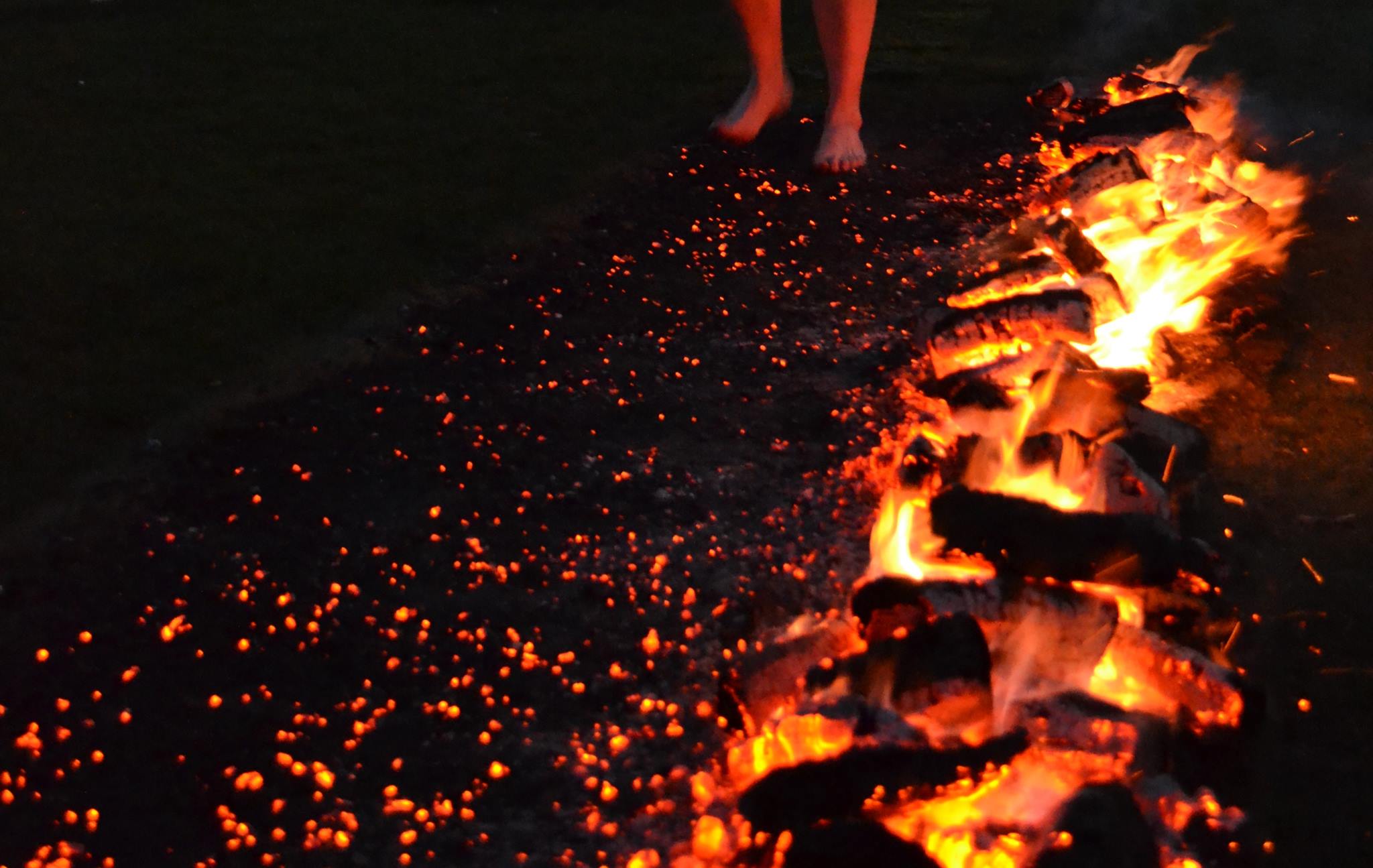
Each year from May 21 till May 23 villagers in Northern Greece gather together for a celebration that, for sure, is not for yellow-bellied. The event is also widely celebrated in Bulgaria.
That is fire walking. A cruel ordeal for both spirit and body, some might say.
Yet, people celebrating it do not associate it with paganism. No doubt, for the Greeks, this ritual is something else.
Traditionally, it is a Christian celebration. Though the Greek Orthodox Church has long declared the fire walkers pagans, it does not anathematize those who still believe that their Saints Constantine and Elena patronize them.
The preparations for the celebration are methodically thought through. They begin preparing in winter when the community of the Anastenarians decides which animal to sacrifice. Most often, that is either a black ram or a bull to bear that fate. Surely, the animal must meet certain standards.
Of course, it does not look any close to Orthodox, but it does not have to. In fact, this is about the cult of the god Dionysus, and there is no such thing in Orthodoxy.
In the morning comes an immolation. After dividing the ram, people eat it and go home for a while, to return in the evening. Then, everyone gathers in churches and chapels and decorates them with icons. The music of the tambourine and lyre flows free, people start dancing euphorically.
The smell of incense is swirling in the air.
This dance allegedly, as believed, let them enter a trance. Then they gather in the centre of their town. That is when the most exciting part comes in. The bonfires, that had been lit shortly before, had already burned out by this time. The fire consumed the logs and only left hot coals. Now it is to be danced on.
The fire and the heat are their friends, they feel. Barefoot they walk, not getting any injuries as their faces express no pain, only joy and ecstasy, a pleasure to be blessed by their Saints.
The history of Anastenaria goes back to the days. According to legend, there was a fire in a Bulgarian church. That brings us to year 1250.
The Crusader invasion.
According to legend, the Church of St. Constantine caught fire due to the intervention of enemies. From the inside of the burning building sounded the voices of saints, who begged locals for help. Not surrendering to the fire, those people bravely entered the building. While saving their patrons’ icons, they suffered no injury.
It is like Greeks walk on the cool sand, which is washed by the waves of their sea. Not on the burning coals. That may quite surprise a casual tourist passing by, but there is no trace of burns on their feet demonstrated shortly after.
After the holiday, residents visit their friends and loved ones for two days, help themselves, and prepare treats. One must visit a house, following the ancient tradition. First going around the house counterclockwise, and only entering it then.
Everything on the table is plain and grown in their own gardens.
In Bulgaria, this tradition has been preserved as entertainment for tourists. Yet, in some villages of Greece, the holiday is authentic. It’s a big part of the local history and culture, one brave tourist should try themselves.


